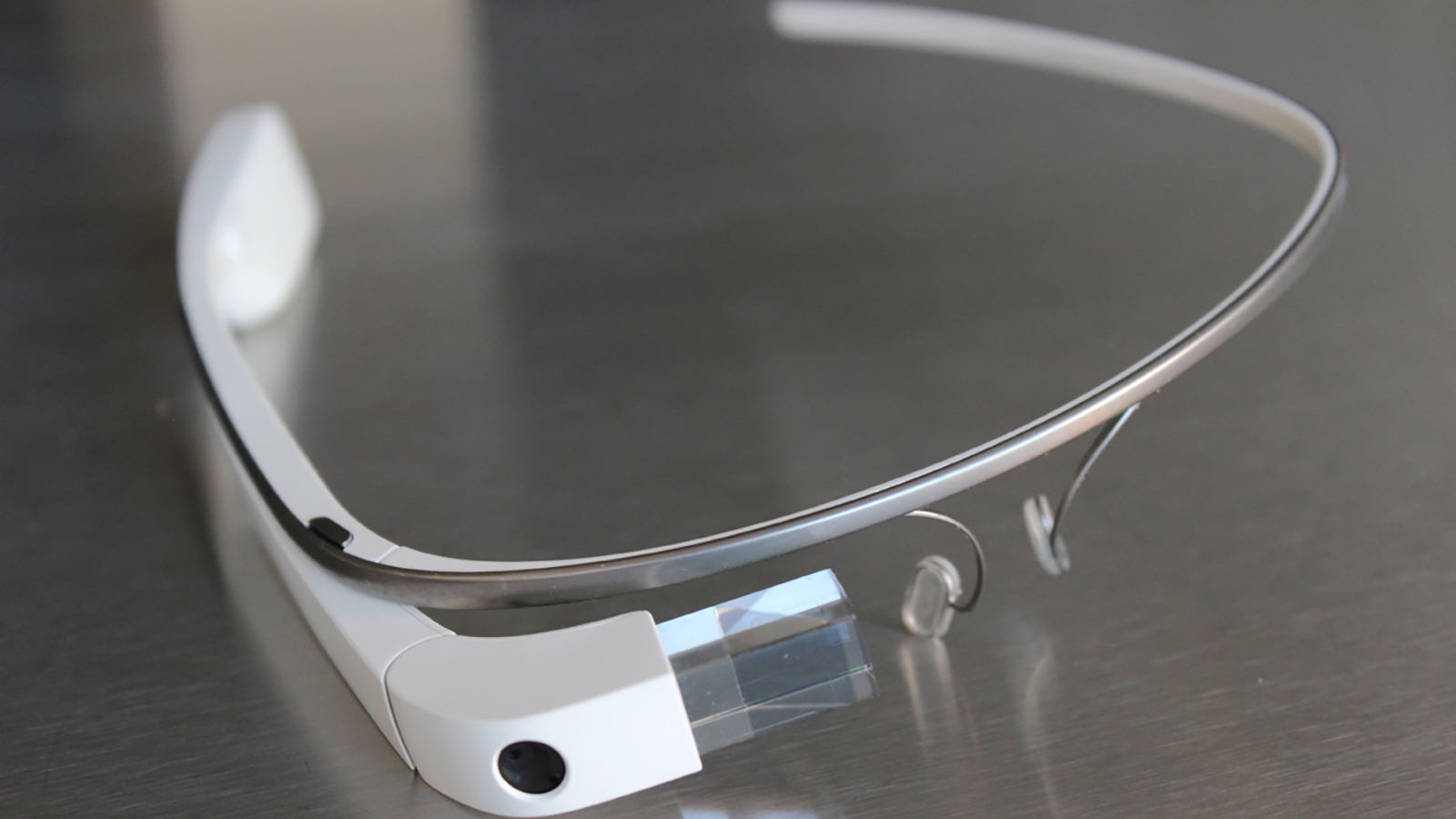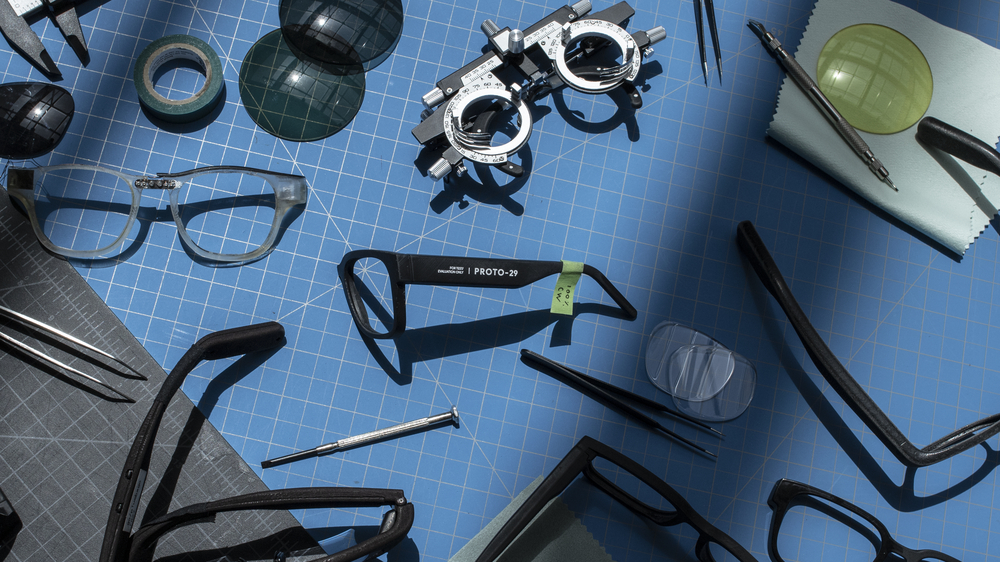Google's finally ready to give us Google Glass 2, but is the world ready?
Google Glass is making a comeback

Seven years after discontinuing the Google Glass prototype and pivoting towards business-exclusive applications, it appears that the Californian tech giant is finally ready to give consumer-focused AR tech another chance.
In an official blog post, Google announced that it would soon start publicly testing prototypes for its upcoming Google AR devices, which will focus on live translation and navigation features.
Rumors that Google is developing new AR glasses have been swirling for a while, and in one low-key swoop, it has officially confirmed they were true all along. While lacking a lot of the excitement we would have expected for such an announcement, this is a smart tactical move for Google.
As admitted in the post, lab testing has its limitations and to take its development to the next stage it needs to get these devices out into the real world. Rather than playing catch-up after these glasses are spotted in the wild from next month (August 2022), Google can get out ahead and control expectations.
On that note of controlling expectations, don’t expect to see too many of these Google Glass successors out in the wild for yourself – at least not for a while.
Initial real-world testing will be on a small scale where only a few dozen Google employees and testers will be walking around with the glasses on. At first they’ll be mostly focused in and around Google headquarters locations in the US, too.
Plus, just because testing is starting to ramp up there’s no guarantee that Google’s next AR glasses are anywhere near close to being consumer-ready.
Get daily insight, inspiration and deals in your inbox
Sign up for breaking news, reviews, opinion, top tech deals, and more.

The way the tech giant is describing its upcoming tests we could be looking at prototypes akin to Meta’s VR headset test designs.
Rather than being a complete headset, each device was instead designed to test out one feature at a time to perfect its implementation. In the case of Google, we could see one prototype that excels at translation, while another is an expert navigator. Eventually, these designs could be combined into a single wearable, but that will take time.
Specs education
Even if Google is testing a single unified prototype it could face the return of an old enemy – public fear. While Google promises that its latest AR devices are restricted on how they can use their cameras and microphones, that likely won’t assuage people’s concerns.
When Google Glass first launched there were numerous reports of people being attacked while wearing them in public. Google’s return to AR wearables could once again be stopped in its tracks if its testers and early supporters are once again tormented by physical assaults.
That said, the AR and VR tech has become a lot more commonplace in recent years. The Meta Quest 2 (previously Oculus Quest 2) has reportedly sold over 15 million units since launch – not massively far behind the PS5’s supposed 20 million – helping to get reality-warping tech into people’s hands. Similarly, we’ve seen the launch of various smart and AR glasses, like the Nreal Air and Ray-Ban Stories, further setting the stage for more advanced devices.
We’ll have to wait and see how the general public reacts though, not only next month when testers start walking around with the prototypes but also when they officially launch. Another big fault of the original Google Glass was its tough-to-swallow $1,500 price tag. Given the current economic hardships many people are facing right now, a similarly expensive product could once again be doomed to fail.
If you're looking for some navigation help today and can't wait for Google Glass 2 to launch, why not check out our pick of five great Google Maps features you might not know about.

Hamish is a Senior Staff Writer for TechRadar and you’ll see his name appearing on articles across nearly every topic on the site from smart home deals to speaker reviews to graphics card news and everything in between. He uses his broad range of knowledge to help explain the latest gadgets and if they’re a must-buy or a fad fueled by hype. Though his specialty is writing about everything going on in the world of virtual reality and augmented reality.